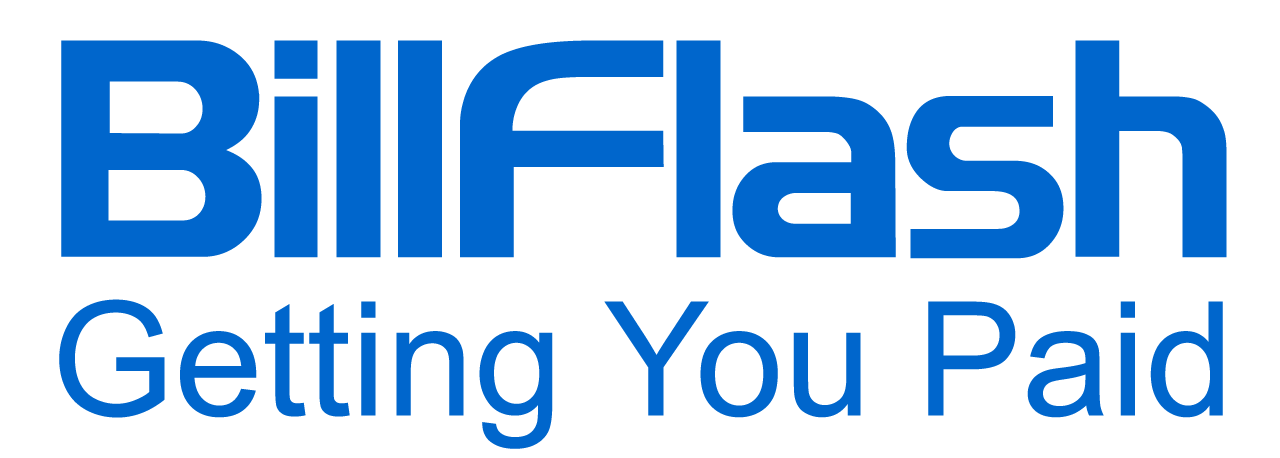Color is an influential but underutilized tool in designing effective patient statements. Here's how you can use it to benefit your practice.
For too long, healthcare providers have relied on run-of-the-mill black-and-white patient statements—missing a key opportunity to utilize the psychology of color in their favor. Without eye-catching visuals that have been known to engage individuals, important information often gets overlooked. Patients may not notice or fully understand important billing details and instructions. This leads to frustrated patients, delayed payments, and missed opportunities to establish meaningful patient relationships.
Despite these downsides, many healthcare providers have not transitioned to adding color to patient statements. This hesitation to innovate can be a bit shortsighted, especially since the perceived costs and complexity of switching to color are often exaggerated. With BillFlash, providers may add color to their statements for only a penny per page!
The advantages generated from color being used in patient statements far exceed the nominal expense. Customization fosters personal connections, leading to patients understanding billing better, feeling heard, and taking action—meaning practices get paid sooner.
The Psychology of Colors

Color is powerful. Every color has an association and subtle psychological impact. Color can inspire emotions, set a mood, and subconsciously motivate actions. When it comes to healthcare communications, understanding color psychology can be valuable in engaging patients and designing patient statements:
- Blue suggests loyalty and integrity. It even reduces tension and fear, creating a calming feeling.
- Green symbolizes balance and growth. It also relates to money, generosity, and optimism.
- Red attracts the most attention while also being warm and positive. It’s also energizing and exciting, motivating us to act. It often emphasizes or calls attention to important details.
Patient statements must strike a balance between clearly conveying important information and being visually appealing and easy to understand. This is an area where strategic use of color can make a significant difference in comprehension and engagement. Certain colors may better highlight critical details or set the right tone for the message. For instance, you may choose to use statements with red highlights indicating a bill is past due.
Additionally, it’s important to consider readability across platforms (printed and digital) when implementing color in patient statements.
- Test engagement and collection rates of patient statements across your patients' preferred mediums—print, digital, and mobile
- Consider potential vision impairments (e.g. color blindness) and test color in patient statements for accessibility
- Optimize readability for aging populations by using darker shades for text and avoiding colors that are harder to process
Importance of Patient Statements
The language and tone used in patient statements, bills, and other correspondence can significantly impact the patient experience. Producing clear, compassionate, and effective patient statements requires understanding communication best practices and patient perspectives.
Thoughtful patient statement designs mitigate several risks through straightforward explanations, transparency, and patient-centered language. Statements should be written in plain language at an accessible reading level. They should communicate key pieces of information like account balances and payment options. A respectful and compassionate tone is equally important. Patients appreciate human touches and want to feel recognized.
Designing effective patient statements also requires addressing some common communication challenges:
- Explaining complex billing and insurance information
- Providing context around costs and charges
- Maintaining accuracy across individualized statements
- Balancing legal/compliance language with clarity
When you focus on the patient's perspective and experience, you can produce patient statements that educate, reassure, and retain trust. This strengthens engagement and satisfaction.
- Accommodate languages, disabilities, and health literacy needs
- Include contact information for patient support
- Review sample statements from the patient's point of view
- Highlight actionable next steps for patients
Influence of Color on Patient Statements
Color is a powerful design element that can improve or detract from the effectiveness of patient statements. The appropriate use of color establishes visual hierarchy, draws attention to important information, and improves accessibility. However, insensitive, or excessive color choices can overwhelm and confuse patients.
Readability is a top priority for statement design. Dark text on a light background is the most universally readable. High contrast between text and background maximizes legibility for all patients, including those with visual impairments. Small blocks of text or crucial instructions should be distinctly visible; sections can be differentiated using muted complementary colors.
Strategically using color can bring attention to important alerts and calls to action. Bright accent colors like orange and yellow signify urgency—these shades draw the eye to time-sensitive elements on the patient statements, like payment due dates. However, overusing intense colors can lead to visual fatigue. Color coding should be applied sparingly to maximize impact.
Impact on Payment Behavior

The colors and visual presentation used in patient statements can significantly influence patient payment behavior. We've already determined certain colors are associated with urgency, reliability, trust, and clarity. Using the appropriate colors when requesting payment from patients can make them more inclined to pay their bills.
If shades of red are used to communicate urgency, these colors on patient statements can convey that a payment deadline is looming. If colors like blue and green spur calmer reactions, it can give patients a sense of trustworthiness.
Practical Applications in Healthcare
When translating insights around color psychology into real patient communications, balance is key. Regardless of the size of your healthcare practice, you must consider your strategies when mailing or electronically delivering statements.
Optimizing color for patient statements requires balancing different needs. Crisp black typography makes scanning easy and reasonable accent colors highlight key details. Payment reminders in green or blue can inspire quicker payments, helping patients avoid interest charges and late fees. While blueprinting complete style guides may not be necessary, maintaining consistency in communications colorways will likely lead to cohesion.
Technology and Design Tools
Continually evolving tools help healthcare organizations purposefully implement color choices that strengthen patient communications through patient statements.
Responsive templates that provide a preview before sending statements to patients ensure designs maintain effectiveness across different platforms. Electronically delivering patient statements not only reduces printing and mailing costs but also allows for interactive features, such as click-to-pay.
Future Trends in Healthcare Design

Looking ahead, evolving design principles and new technologies will further shape healthcare communications. More calming, nature-inspired color palettes may jump to the front of the line as healthcare providers place greater emphasis on wellness. Other innovations could also add an extra color layer to patient statements when viewed through a smartphone, specifically augmented reality.
At the same time, healthcare organizations will need to balance creativity with accessibility as they expand statements. Maintaining color contrast levels that are compliant with ADA standards will be crucial. While the future holds opportunities to enrich communications through sophisticated color use, inclusivity, and readability should remain top priorities.
Wrapping Up
Color is an influential but underutilized tool in designing effective patient statements. Minor color adjustments can optimize readability, convey hierarchy and urgency, boost engagement, and encourage payment. Healthcare organizations can lean on insights from color psychology to improve patient trust and satisfaction while streamlining revenue cycle management.
BillFlash's mailing and payment system with next-business-day delivery offers effective color patient statements in red, green, and blue to maximize appeal and payment rates. As healthcare design principles change, healthcare organizations should utilize color thoughtfully while keeping the patient audience in mind. When applied strategically and effectively, the simple act of color choice can strengthen patient connections.
Schedule a demo with us today to see the full suite of BillFlash solutions designed to simplify your billing and payment processes!

